|
Learning how to relax in the water and relax when swimming is a vital component of learning how to swim. If you are one of those people that find aspects of learning how to swim like floating and breathing quite stressful, then here is some advice. Which one are you?The first rule of relaxing when we swim is to move slowly. Most will think… 'but if I move slowly I will sink'..? That is partly true but if you move slowly you get a feel for the water and then begin to relax when moving. Learning to 'feel' your way through the water and not 'fight' your way through it is important with ocean swimming in particular.
Breathing regularly when we swim helps to keep relaxed and calm. Keeping your face relaxed helps control the tension running through our bodies and constricting our breathing airways. It is very common to either hold your breath, scrunch your face tight or exhale fully in the water to the point of total deflation. The result being a frantic and panic stricken inhale of breath before submerging the face and repeating the pattern again…. tense, panic breathing. So you need to relax your face, breath long before you are deflated. Don't wait for your breath to completely run out. Take a new breath at a point that is comfortable and easy to do, top up the exhale you just made. You wouldn't breathe out to the point of exhaustion when running or walking, so why do it when you swim? ...And Relax
0 Comments
I see many groups of fish of all kinds in Cabbage Tree Bay and wondered... what is the difference between a School or Shoal? Groups of aquatic life get classified depending on whether they are a single type or mixture of species, or whether they are fish or mammals. SHOAL - when fish, shrimp or other aquatic creatures swim together in a loose cluster, this is typically called a shoal . It can be a mix of different species. SCHOOL - is a group of the same fish species swimming together in synchrony; turning, twisting and forming sweeping, glinting shapes in the water. Fish probably do this to confuse predators and to save energy (by using the ‘slipstreams’ of other fish). How do schools of fish swim in perfect unison? A fish decides where and how to move relative to its position in the school. If the fish behind gets too close (less than two body-lengths), then it speeds up; if the fish in front gets closer than that, then it slows down. Schooling fish watch one another and also feel the waves their neighbours make as they swim, with pressure-sensitive pores along their body called the lateral line. And each fish has its preferred spot in the school. Some are natural leaders and tend to hang at the front and guide the whole school, while others choose to follow.
What is a big school of fish called? Many kinds of fish prefer to swim together in groups called shoals. Some shoals are the biggest gatherings of animals on the planet others may only contain a few individuals. Do schools of fish have a leader? And each fish has its preferred spot in the school. Some are natural leaders and tend to hang at the front and guide the whole school, while others choose to follow.
|
Archives
October 2023
Categories
All
|


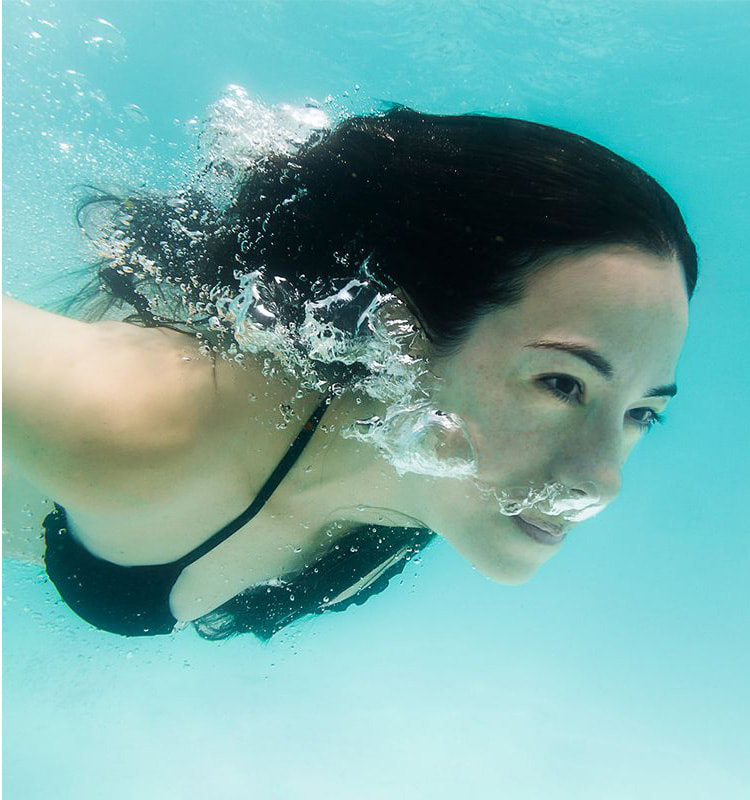
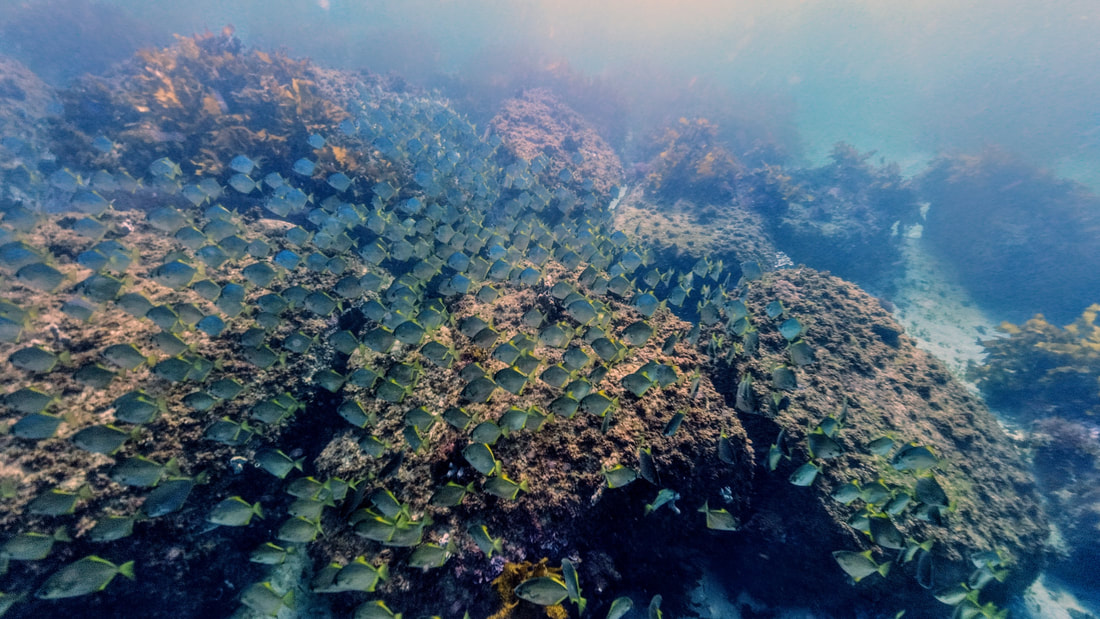
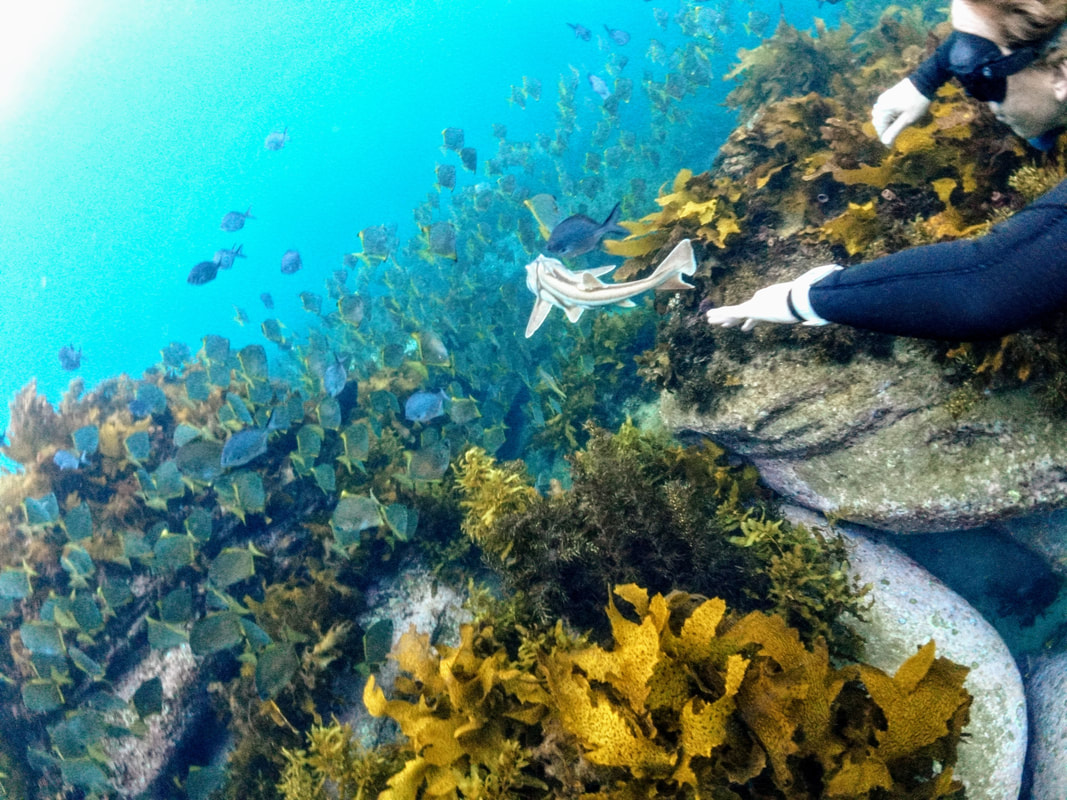
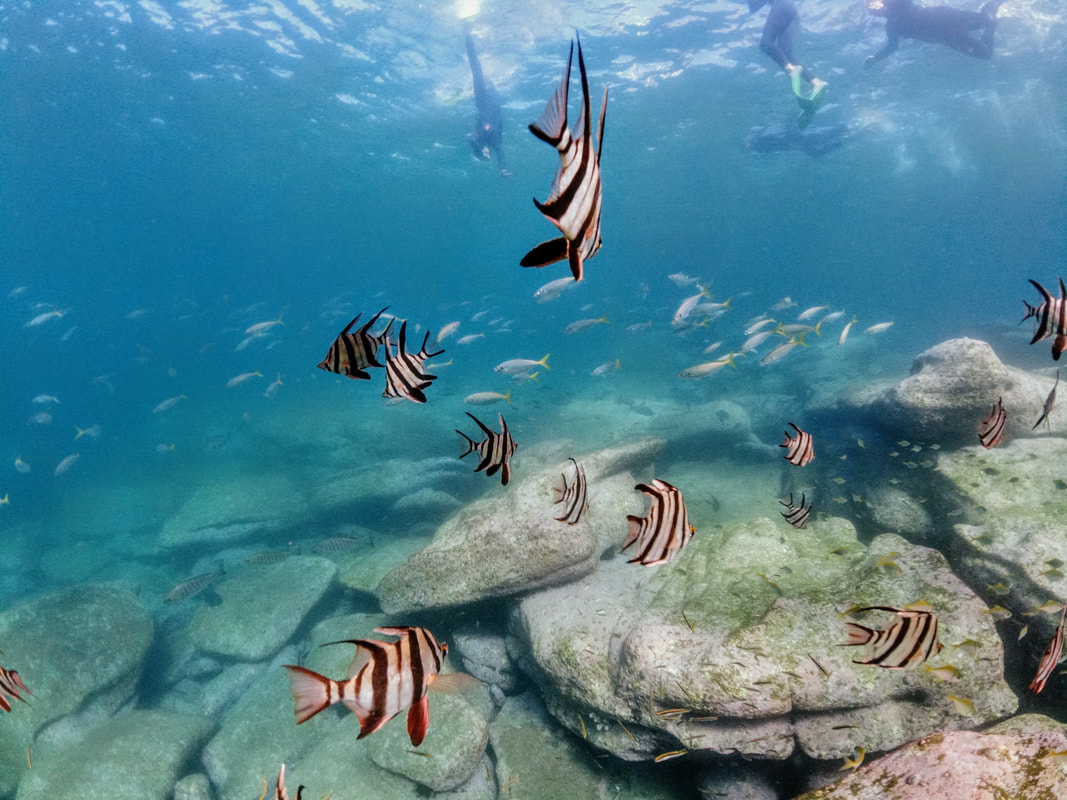
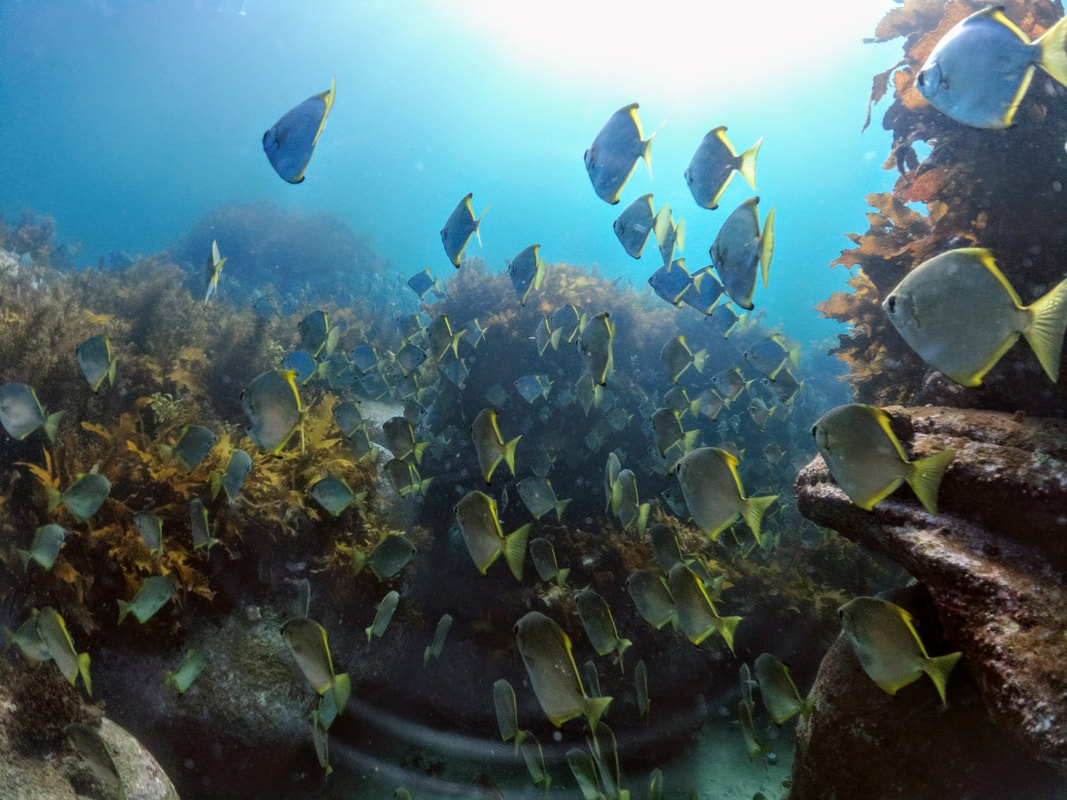
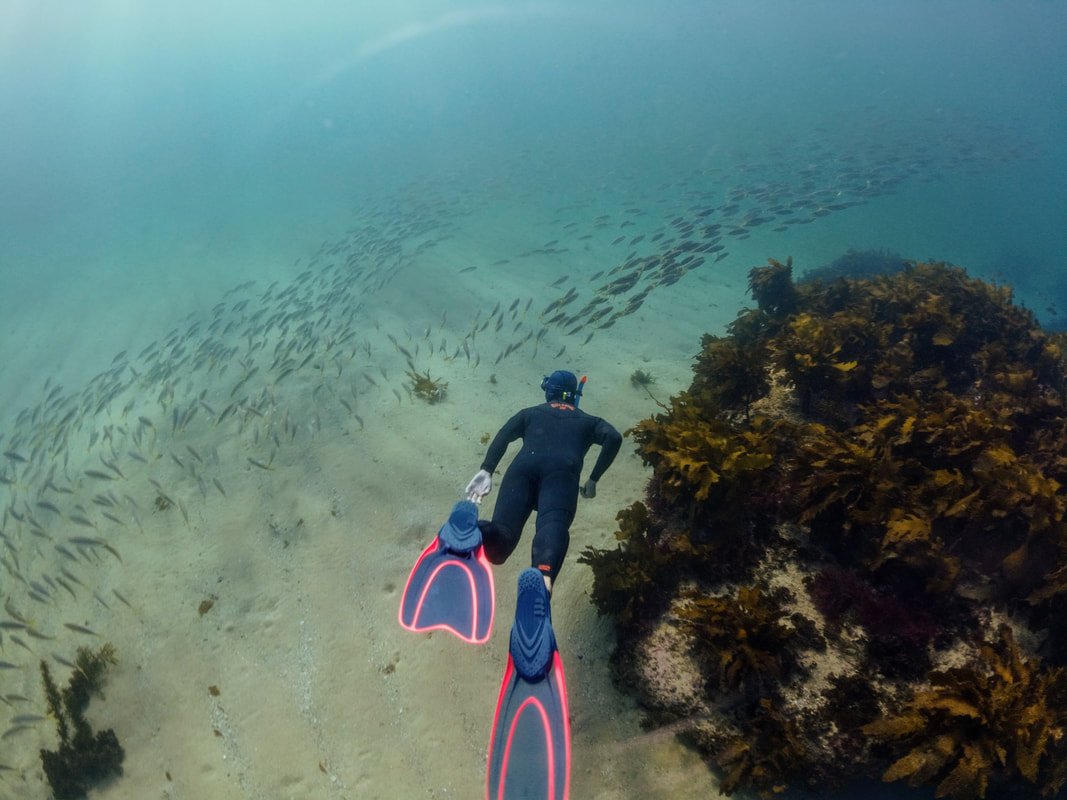
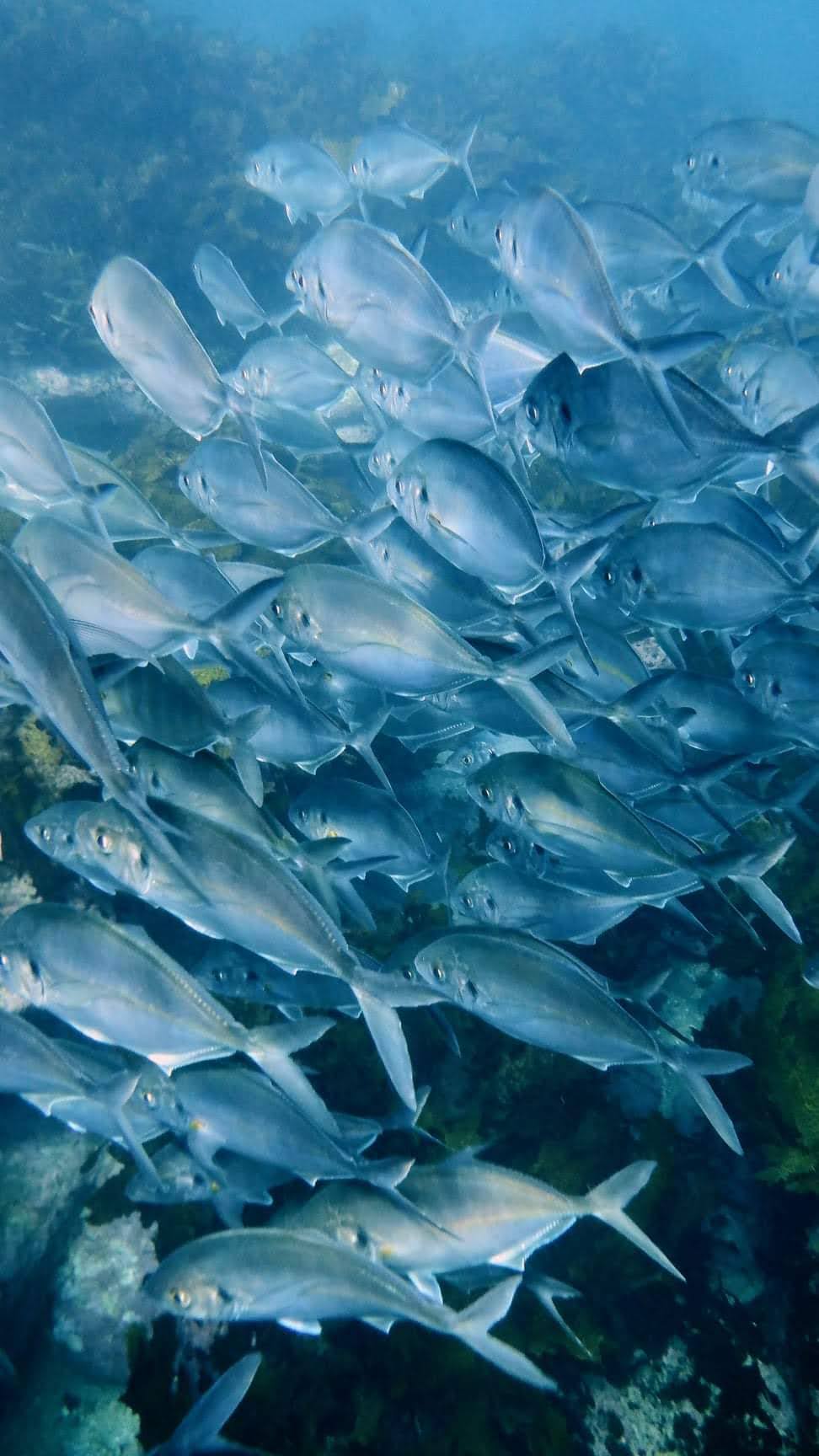

 RSS Feed
RSS Feed

